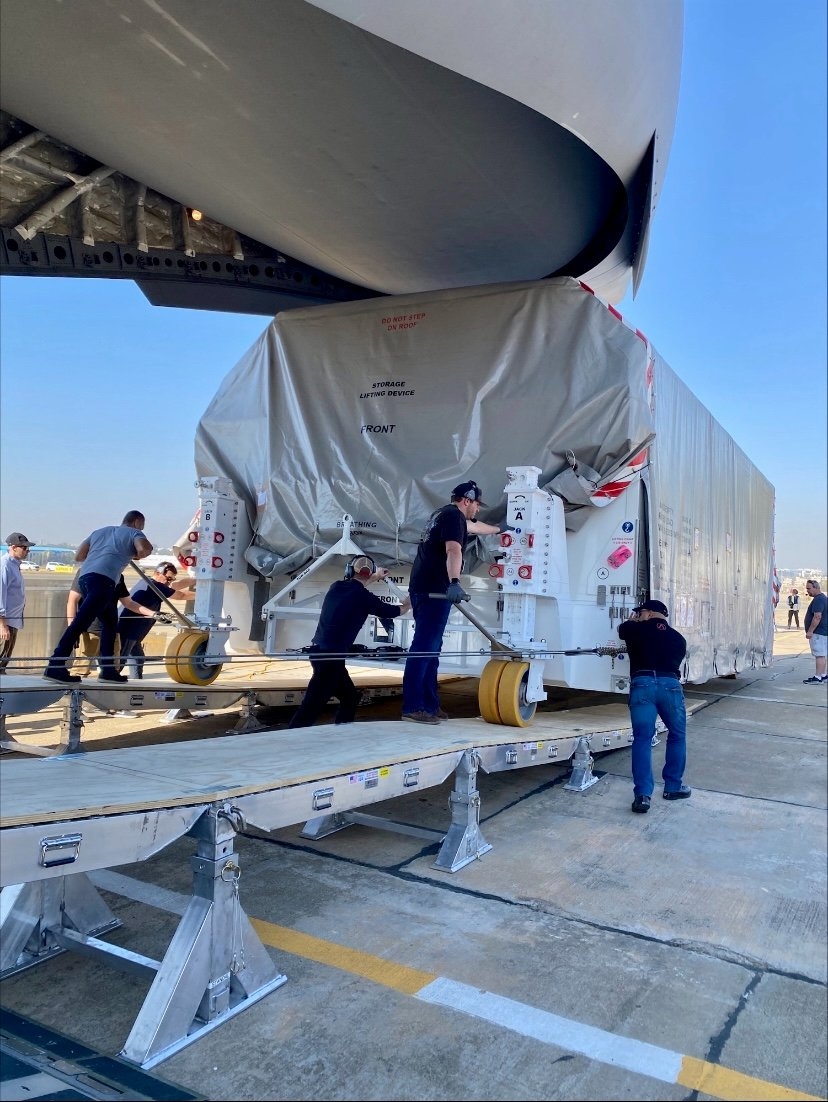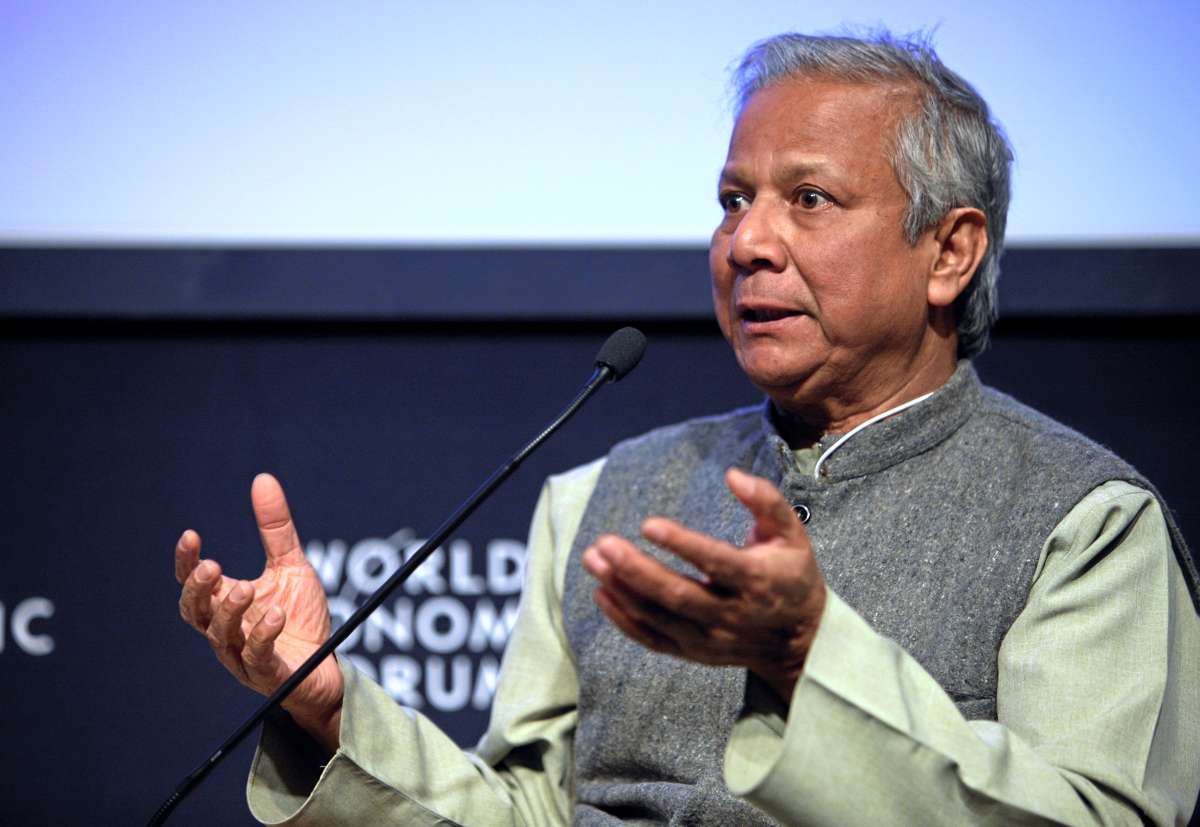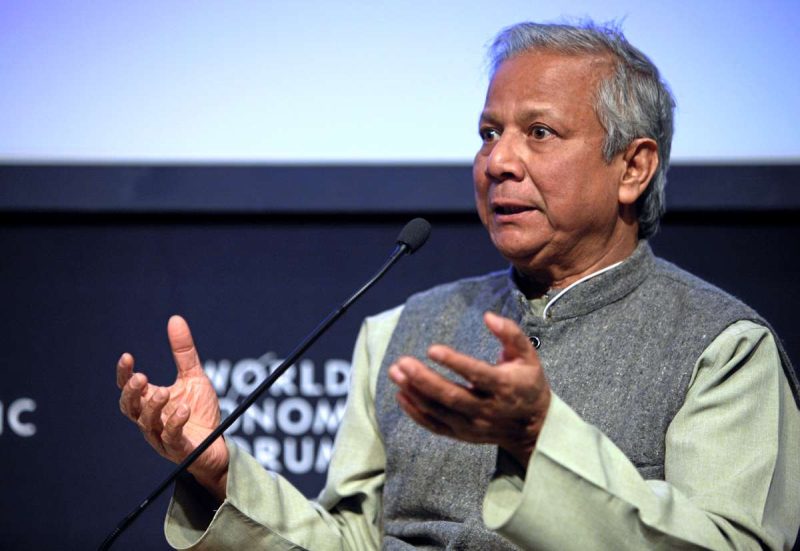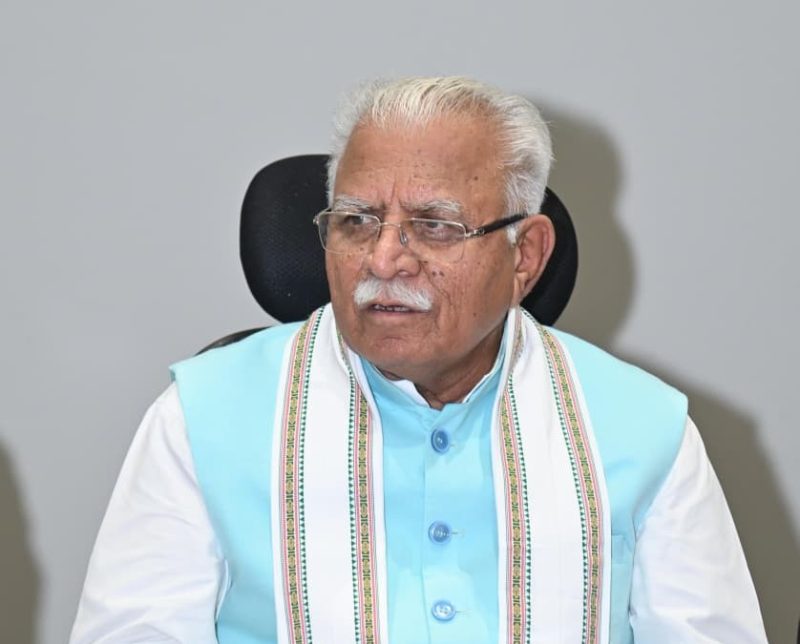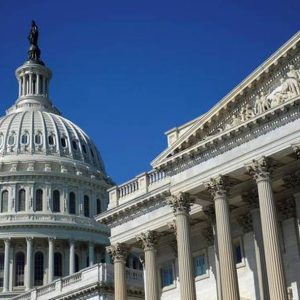The satellite was carried by US Airforce plane C-17 from NASA’s Jet Propulsion Laboratory in California…reports Asian Lite News
The India-US earth observation satellite NASA-ISRO Synthetic Aperture Radar (NISAR) project has moved further ahead with the payload reaching Bengaluru from the US on Wednesday, the US Consulate General in Chennai said.
The NISAR is an earth observation satellite jointly built by the US space agency National Aeronautics and Space Administration (NASA) and the Indian Space Research Organisation (ISRO).
The satellite was carried by US Airforce plane C-17 from NASA’s Jet Propulsion Laboratory in California.
“Touchdown in Bengaluru! @ISRO receives NISAR (@NASA-ISRO Synthetic Aperture Radar) on a @USAirforce C-17 from @NASAJPLAin California, setting the stage for final integration of the Earth observation satellite, a true symbol of #USIndia civil space collaboration. #USIndiaTogether,” the US Consulate General Chennai tweeted.
The NISAR payload will be fitted on a spacecraft bus and tested at the U.R. Rao Satellite Centre in Bengaluru. The satellite will be launched from Sriharikota in 2024 by the Indian Geosynchronous Satellite Launch Vehicle (GSLV) rocket.
NISAR will gather radar data with a drum-shaped reflector antenna almost 40 feet (12 metres) in diameter. It will use a signal-processing technique called interferometric synthetic aperture radar, or InSAR, to observe changes in Earth’s land and ice surfaces down to fractions of an inch.
Since early 2021, engineers and technicians at JPL have been integrating and testing NISAR’s two radar systems – the L-band SAR provided by JPL and the S-band SAR built by ISRO.
The observations NISAR makes will help researchers measure the ways in which Earth is constantly changing by detecting both subtle and dramatic movements.
Slow-moving variations of a land surface can precede earthquakes, landslides, and volcanic eruptions, and data about such movement could help communities prepare for natural hazards.
Measurements of melting sea ice and ice sheets will improve understanding of the pace and impacts of climate change, including sea level rise. And observations of the planet’s forest and agricultural regions will improve our knowledge of carbon exchange between the atmosphere and plant communities, reducing uncertainties in models used to project future climate.
Over the course of its three-year prime mission, the satellite will observe nearly the entire planet every 12 days, making observations day and night, in all weather conditions.
NISAR is a joint Earth-observing mission between NASA and ISRO. JPL, which is managed for NASA by Caltech in Pasadena, leads the US component of the project and is providing the mission’s L-band SAR. NASA is also providing the radar reflector antenna, the deployable boom, a high-rate communication subsystem for science data, GPS receivers, a solid-state recorder, and payload data subsystem.
ISRO is providing the spacecraft bus, the S-band SAR, the launch vehicle, and associated launch services and satellite mission operations, JPL said.


